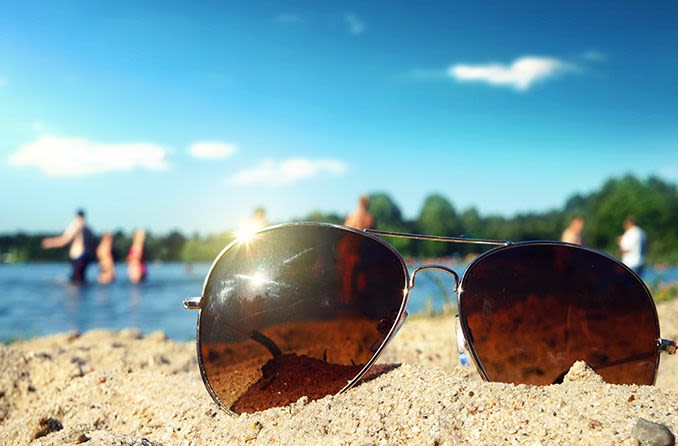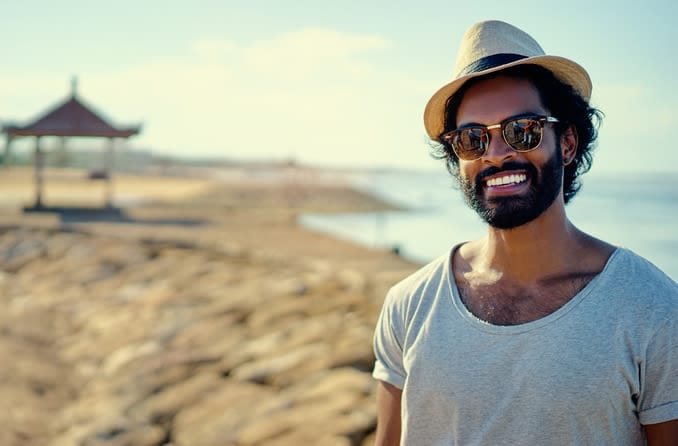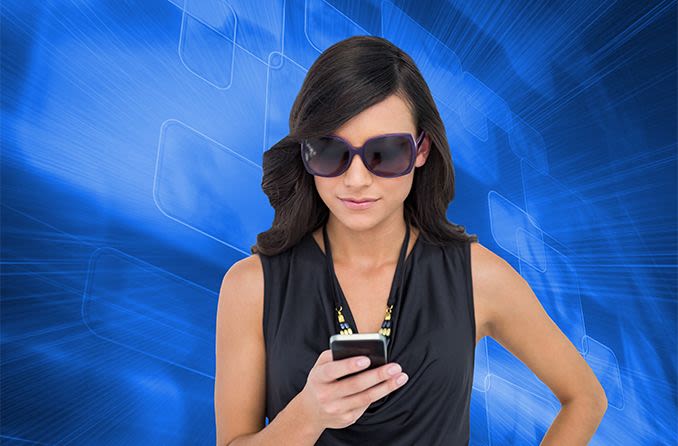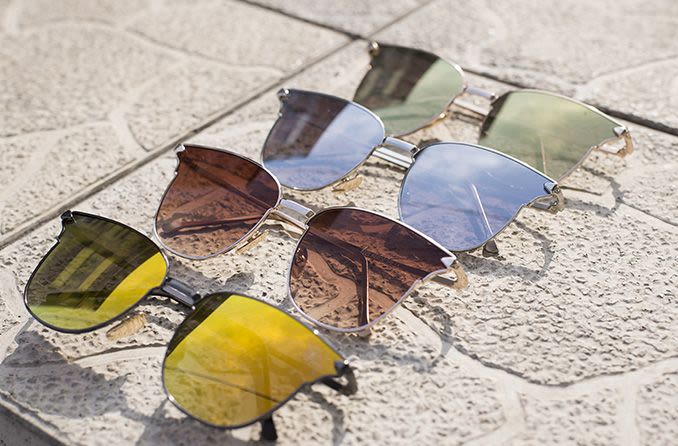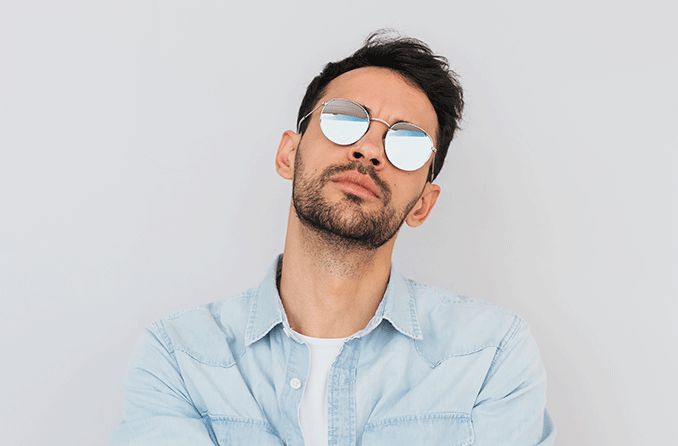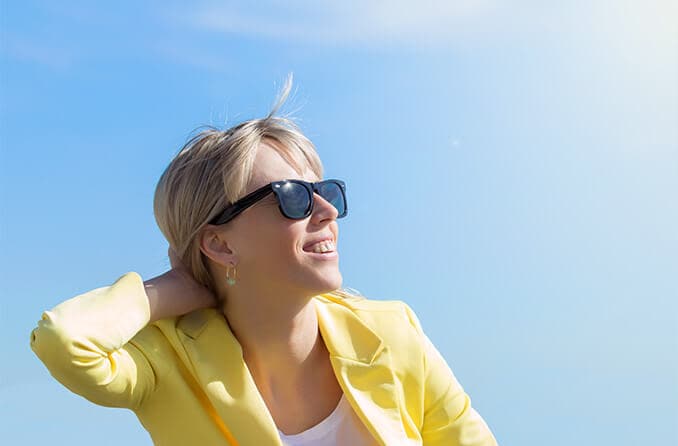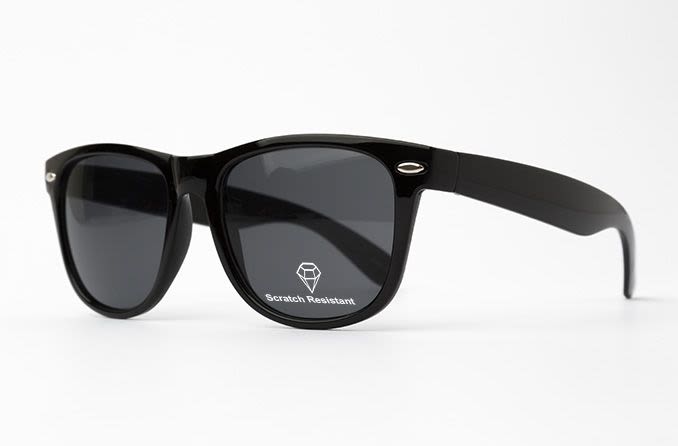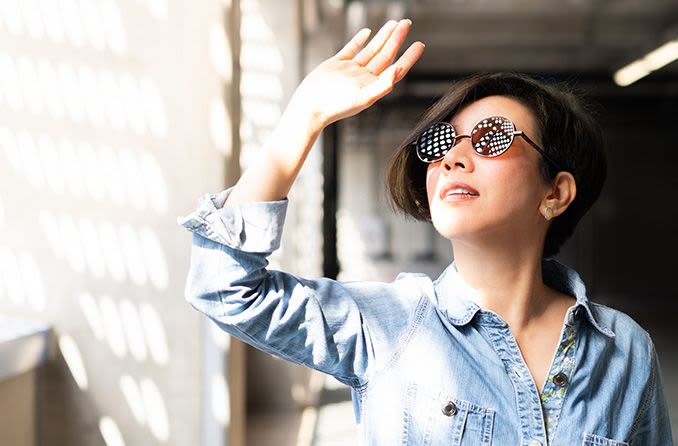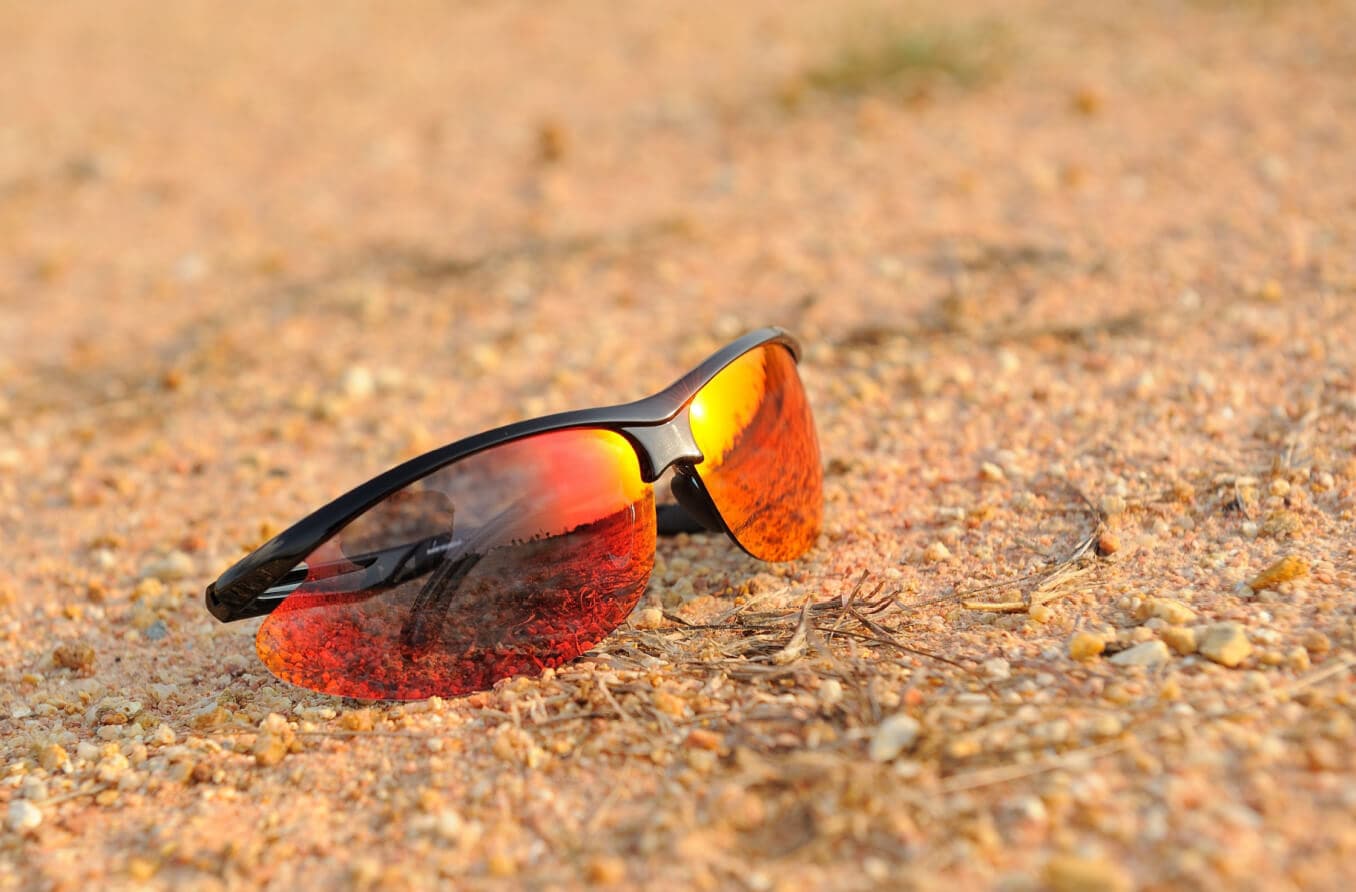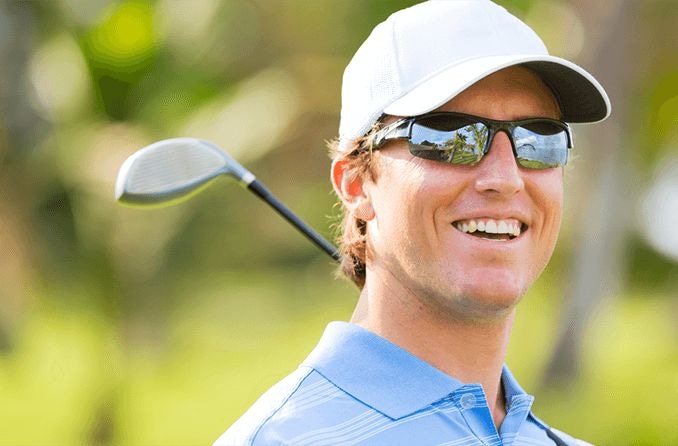Protection from the sun’s harmful ultraviolet rays is the most important quality of effective sunglasses, but how can you tell if sunglasses have UV protection?
The best way to find out if sunglasses have ultraviolet (UV) protection is to look for a label, specifically one that says UV 400 or 100% protection against UVA and UVB rays.
Want to be sure your sunglasses offer protect you from the sun's harmful rays? You can take your sunglasses to an eye care professional or perform a couple of simple tests with your shades to see how well they block UV rays.
Why is UV protection so important?
Exposure to UV radiation from the sun can harm your eyes and endanger your vision.
In particular, cataracts, which develop when the naturally clear lens inside the eye becomes cloudy or opaque, have been linked to sun exposure. Studies have shown the more time people spend in the sun, the greater their risk of getting cataracts as they age.
Excessive UV exposure also has been linked to corneal sunburn, retinal tissue damage, macular degeneration and abnormal growths on the surface of the eyes.
Sunglasses that block 100% of UV radiation provide the best possible protection from these health risks.
When should you wear sunglasses? Put on your sunglasses whenever you’re outdoors during daylight hours, even when it’s cloudy. Although cloud cover blocks some visible light, it doesn’t prevent damaging UV rays from reaching the Earth’s surface.
GET SUNGLASSES WITH THE PROPER UV PROTECTION: Shop for sunglasses with UV 400 protection at an optical shop near you or an online eyewear retailer.
How much UV protection should sunglasses have?
Ideally, you want sunglasses that have UV 400 protection. UV 400 blocks nearly 100% of the sun’s harmful ultraviolet light rays. This ensures light rays with wavelengths up to 400 nanometers, such as UVA and UVB rays, are blocked.
To be considered UV-protective sunglasses, your shades must block 75% to 90% visible light and offer UVA and UVB protection to block 99% of ultraviolet radiation.
Most sunglasses are labeled to show how much UV protection they provide. Look for labels that specify 100% protection against UVA and UVB rays.
Additionally, sunglasses with larger lenses or wraparound-style frames will provide better protection against UV rays reaching your eyes from all angles.
Polarized lenses, which have special filters that reduce glare from reflected light, aren’t necessarily UV-protective lenses.
Bottom line: It’s critical to check labels when you’re shopping for a new pair of sunglasses to be sure you are getting 100% UV protection.
Do dark sunglasses have better UV protection?
There is no relationship between the color or darkness of your sunglasses lenses and the amount of UV protection they provide. The lens tint color and shade intensity only tell you how much and what kind of visible light is blocked.
For example, lighter amber tints enhance contrast. Darker amber hues help prevent glare and gray lenses lessen brightness.
Wearing darker lenses might actually put your eyes at greater risk. Your pupils will dilate when you wear darker sunglasses lenses, allowing more light into the back of your eyes than would enter if you were wearing no sunglasses at all.
If you prefer to wear sunglasses with darker or more heavily tinted lenses, make sure they also provide UV 400 protection.
How to test sunglasses for UV protection
UV-protective sunglasses block the sun's harmful rays because the lens material, or coating that’s been applied to the lenses, absorbs UV radiation.
An eye care professional can test your sunglasses in a few seconds with an instrument called a photometer and tell you exactly how effective your shades are at protecting your eyes.
You also can try a simple test at home if you have access to a UV flashlight.
What to do: Shine the UV flashlight onto a piece of paper money. Newer U.S. paper currency contains UV-fluorescent fibers that will glow when exposed to UV radiation.
What to look for: If the beam from your UV light source causes the fibers to glow even after it has passed through the lens of your sunglasses, you’ll know that your sunglasses don’t provide adequate UV radiation protection.
Note that older sunglasses with scratched lenses might not provide as much sun protection as a newer pair, especially if their UV protection comes in a coating rather than being embedded in the lens.
It’s especially important to have older sunglasses checked, to make sure they continue to keep your eyes healthy when you enjoy time in the sun.
TEST YOUR SUNGLASSES’ UV PROTECTION: Visit an eye doctor or optical shop near you.
